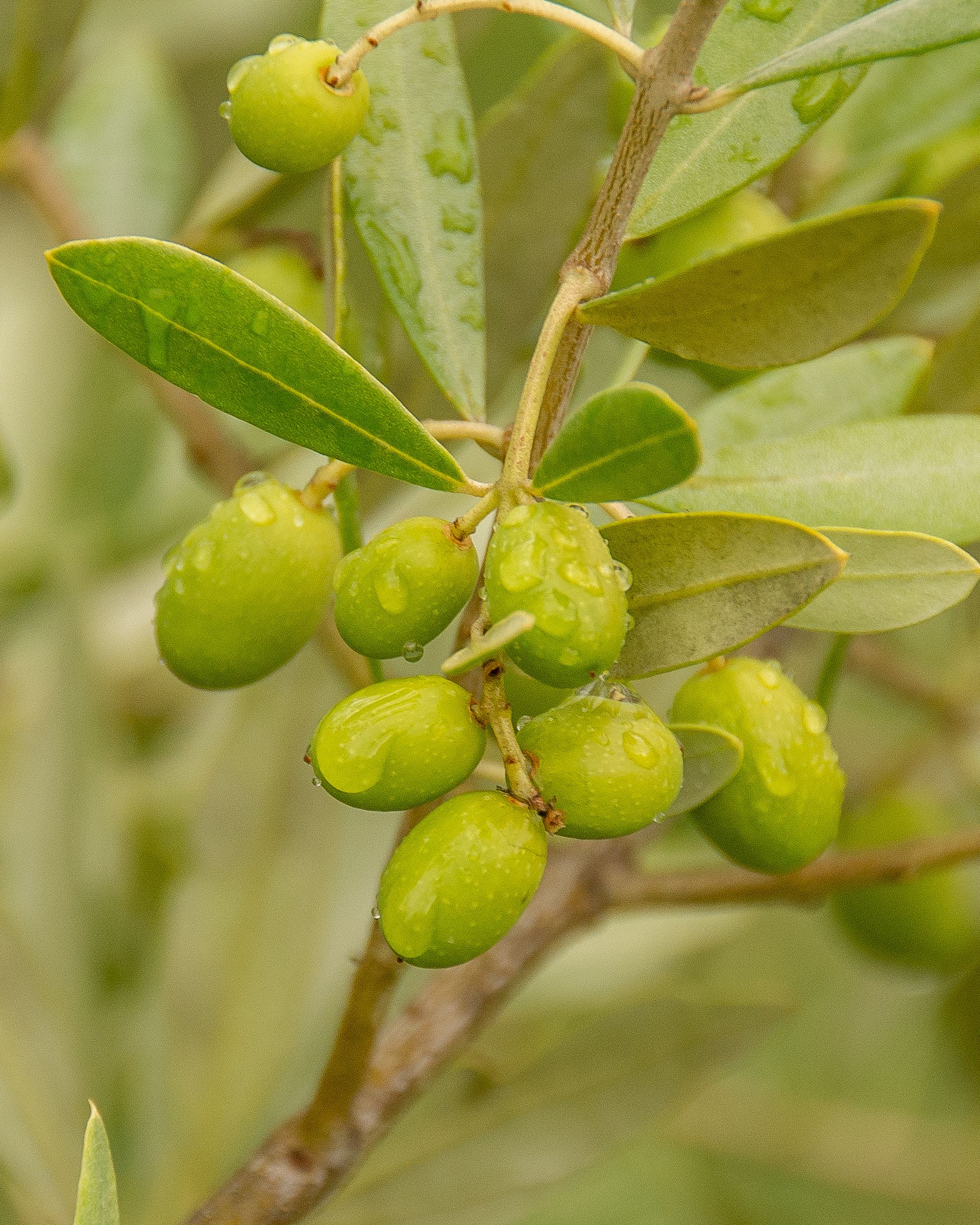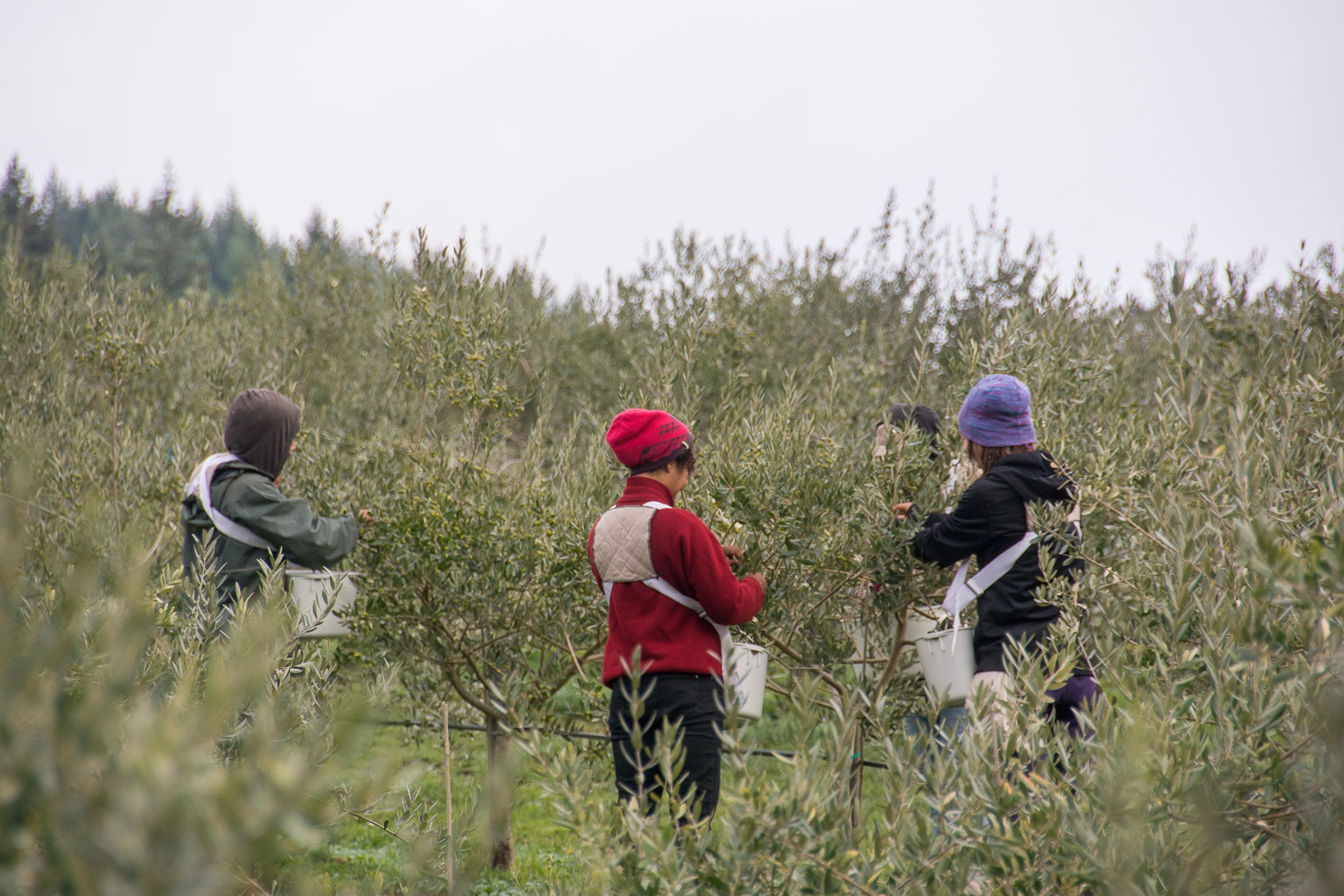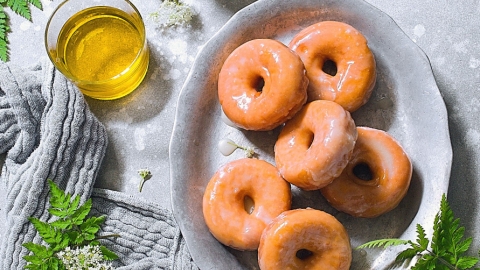Olives on the Island
We already know everything loves to grow in this archipelago of islands, from citrus to blackberries and everything in between—although one thing we might not expect to find is olives. An anchor in the Mediterranean climates across the globe, olives live in a delicate balance. Hearty and steadfast even in the most challenging conditions in their natural habitat, olives struggle when planted outside their comfort zone. Canada’s bitter cold winters make establishing olive trees an incredible challenge. Yet against all odds, here among the islands are several small olive groves—as well as Canada’s only olive oil producer, which is set on a sunny, south-facing hillside on Salt Spring Island: The Olive Farm.
Olive oil is a labour of love to create. Even though olive trees are hearty and will happily produce olives consistently for over 750 years, olives themselves are very fragile. It takes 100 days to grow an olive from blossom to maturity, and the lipids are the last component of the fruit to develop. The oil is held in little capsules inside the olive flesh, so to extract it effectively, those capsules must be broken, and the oil coaxed out. The flavour, antioxidants, micronutrients and vitamins found in olive oil that make it so healthy are found in the flesh and pit of the olive. It’s through the extraction process these properties must be infused into the olives oil, creating the healthy, delicious, stable juice we know and love.
As olives are the most fragile between the moment it leaves the tree and is transformed into juice, decreasing the time between tree and bottle is crucial. It’s ideal if the entire harvesting process takes less than six hours—which is an immense challenge involving handing-picking olives with a rake, gathering them up and taking them to the mill. But harvest is a joyous time; it’s a time of community pulling together, as it takes everyone’s love, care and dedication to this honoured fruit to get the olives to the mill.
 At The Olive Farm, George and Sheri Braun do exactly that—pull together an incredible community at harvest to pick and gather from their trees, creating a field blend oil that tastes just like the island. Bright and vibrant, the oil is an incredible green in both colour and flavour: artichoke and green almond are very present with hints of apple, and an almost tart tannic and salty note sits on your palate and turns into a beautiful, lingering, black-and-white-pepper finish. It's a stunning example of what the island tastes like, and the terroir poured into a bottle.
At The Olive Farm, George and Sheri Braun do exactly that—pull together an incredible community at harvest to pick and gather from their trees, creating a field blend oil that tastes just like the island. Bright and vibrant, the oil is an incredible green in both colour and flavour: artichoke and green almond are very present with hints of apple, and an almost tart tannic and salty note sits on your palate and turns into a beautiful, lingering, black-and-white-pepper finish. It's a stunning example of what the island tastes like, and the terroir poured into a bottle.
The trees on The Olive Farm, most of Tuscan heritage, Frantoio, Leccino and Maurino, are approaching 10 years old, so will now be producing more consistently and plentifully, as it takes a long time for olives trees to establish themselves. In our climate, that is no exception; with our cool wet winters and long cool springs, the trees blossom in late June and it’s often well into November by the time the olives are mature and ready for picking—and as George emphasized to me, there is little ripening happening in October and November here. If the warm weather comes early allowing a long blossom, then the olives will soak up all the warm summer sun they need to develop and ripen for a bumper harvest in the fall.
So, what to do with the delicious fresh extra-virgin olive oil? It’s tradition in the Mediterranean for trays of sweets and cakes made with the product to be passed around during the olive harvest, as harvesters and millers work late into the night (if not all night) to ensure the olives are handled with care and are sent quickly into the mill. The days are long and filled with joy—the last sprint of the season before the trees and their caretakers can take a deep breath and rest.






